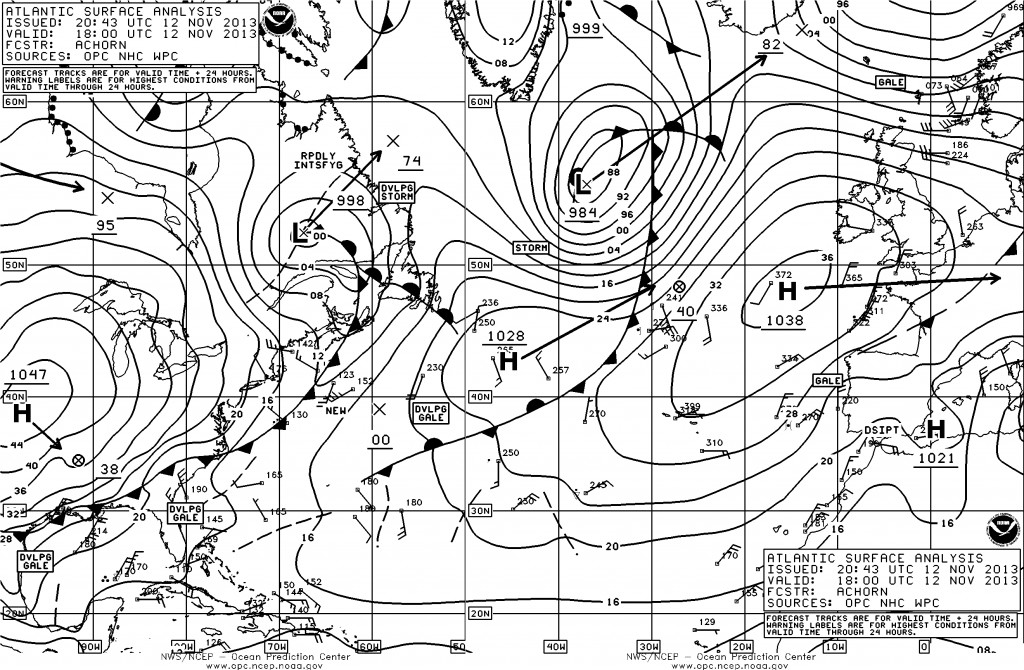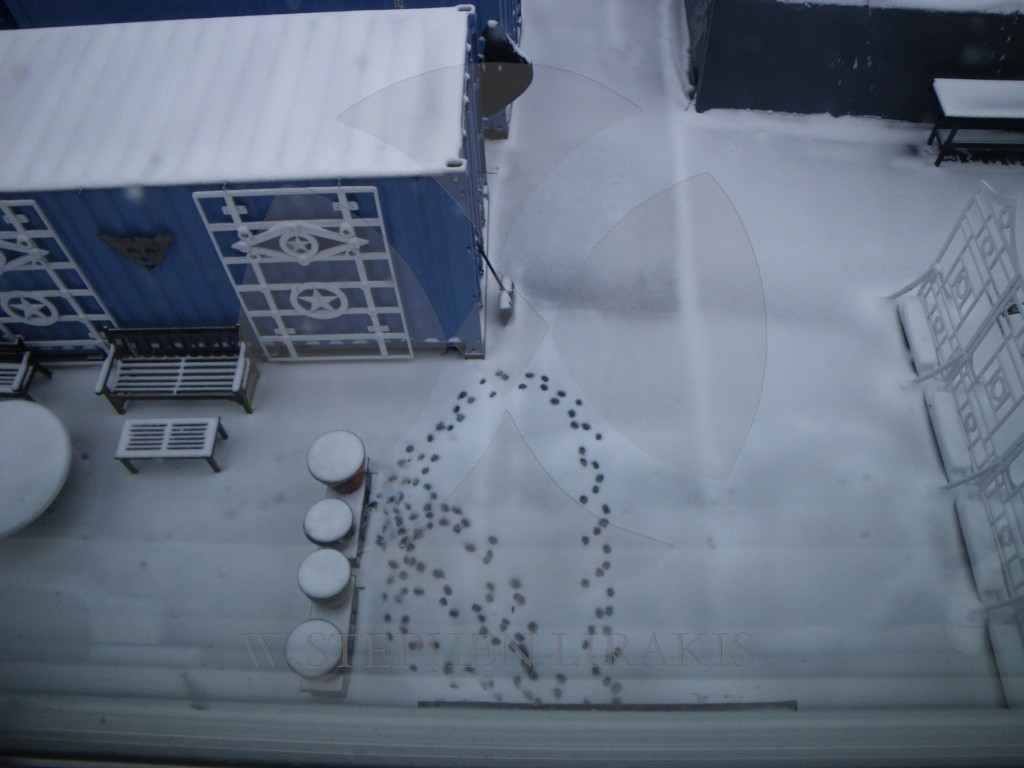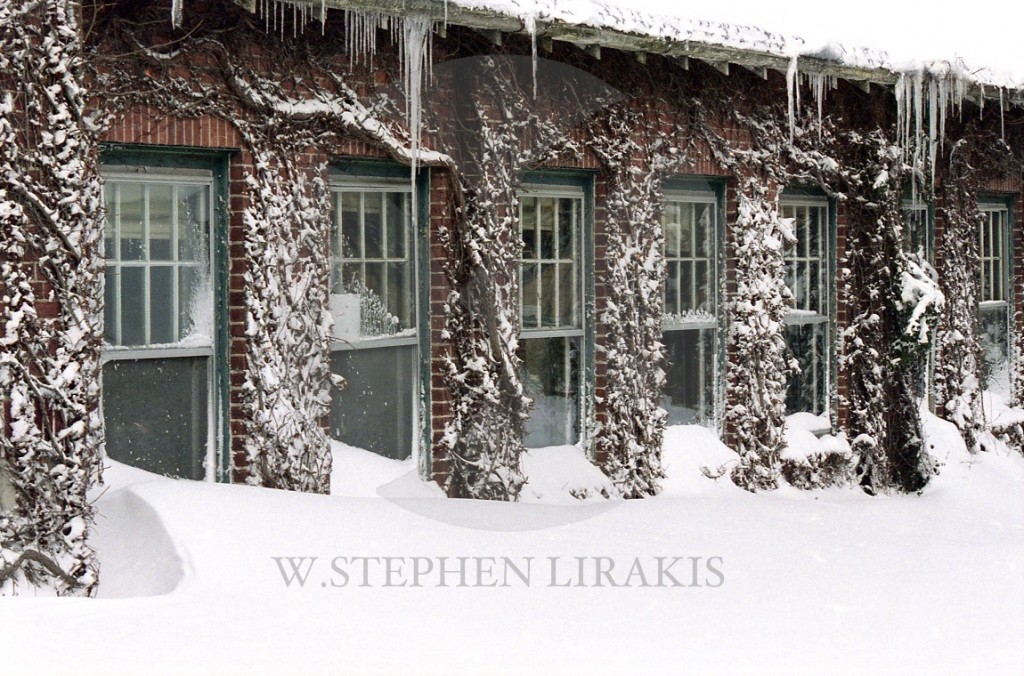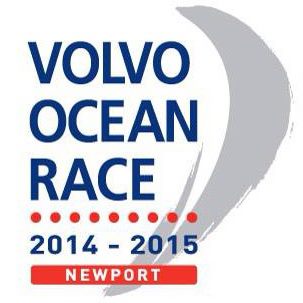


The date 11 12 13 is the last numeric event until 4 4 16 which is a square. As predicted the temperature dropped after rain and turned to snow.
Francois Joyon and IDEC after a second day of sailing are 82 miles behind the phantom Thomas Coville and SOBEDO despite reeling off 600 mile days. There is still plenty of time to make up the difference; particularly when you look at what Thomas Coville encountered in his final approach to the Lizard. The System the IDEC is riding seems quite stable.
Considered by most the father of modern short handed sailing. In 1964 he won the OSTAR, single-handed transatlantic race from Plymouth UK to Newport, RI beating the next competitor by a wide margin. I remember seeing him sail into the harbor after the finish. He sailed many fully crewed races and introduced many of the following generations of french sailors to the sport.His legacy is in full bloom today.Our paths crossed a number of times after that in various parts of the world. Many years later his nephew spend the summer with our family.

ONE problem with renewable energy is that neither the wind nor the sun is reliable. That cannot, however, be said of the tides. The Newtonian clockwork of sun and Moon can always be relied on. The problem with exploiting tidal power has, rather, been finding places to do it efficiently: bays or estuaries with a suitable tidal reach and a topography that permits a barrage to be constructed. Only then, with established designs, can turbines be installed through which the tide can ebb and flow.
That would change, though, if turbines could simply be attached to the sea floor. And several firms are trying to make it so. Some, such as Andritz Hydro Hammerfest, in Norway, and Marine Current Turbines from Bristol, in Britain, take the relatively simple approach of sticking what are little more than strengthened wind turbines onto the seabed.
In the case of such turbines, though, bigger is better. And, since a turbine is not much use if its blades stick above the surface, that means they need to be located in reasonably deep water. Which is a shame, because a lot of otherwise-suitable sites are too shallow.
Not all wind turbines work this way, though. Some smaller ones are skeletal cylindrical structures whose axes of rotation are at right-angles to the direction of the wind, rather than aligned with it. And that, with the important modification that this axis is horizontal rather than vertical, is the basis for several novel designs for tidal-power generators which can operate in shallow water too.
Engineers at Ocean Renewable Power Company, in Portland, Maine, and Kepler Energy, in London, both use this approach. And Ocean Renewable is starting to commercialise it. In September 2012 its TidGen generator was deployed in the Gulf of Maine. It thus became the first plant to deliver offshore-generated power of any kind (wind, wave or tidal) to an American electricity grid.
Kepler is a little behind, but is hoping to try out a full-scale version of its Transverse Horizontal Axis Water Turbine in the Bristol Channel soon. Its engineers’ calculations suggest this device will generate 50% more power from a given tidal stream that a conventional turbine can manage.
Nor are such submarine waterwheels the only new approach. Engineers at Pulse Tidal, in Sheffield, Britain, have decided to use hydrofoils rather than turbines. A hydrofoil is, in essence, an underwater wing. As water flows past it, the current generates lift. Pulse Tidal’s hydrofoils are mounted in such a way that this lift causes the ’foil to nod up and down. Since it is attached to a generator, that nodding generates electricity.
Even with innovations like these, tidal power has a long way to go before it becomes an important source of electricity. The wet, salty environment of the ocean is a hostile (and expensive) place for mechanical engineering to work. But if it can be made to do so, the lure of a reliable, free fuel source may mean the seabed eventually becomes littered with tiny power stations.
I have not given this event proper acknowledgement. This video comes to us via “Sailing Anarchy”.
The photos came with the log book. A true first hand account of the 1905 transatlantic race. An event that became the stuff of legends. An Atlantic crossing record, that stood for a very long time. If you are a purest, you might argue that the record still stands as the boats that have broken the record are so very different.
In today’s world it is hard to imagine dressing as show to race across the atlantic.
Virginie Heriot, I have written about her before, many consider her France’s most famous woman yachtsman. I am certain she was never not properly dressed for any occasion. The Photo, I found and purchased before I ever read the caption. I was pretty certain it could be no one but Virginie.

… Winter Storm Watch now in effect from Friday morning through
Saturday afternoon…
* locations… Rhode Island and southeast Massachusetts.
* Hazard types… heavy snow.
* Accumulations… snow accumulation of 8 to 15 inches.
* Timing… light snow develops by Friday morning. Snow will
increase intensity during Friday afternoon. There may be a brief
change over to rain especially near the South Coast during the
afternoon. The rain should Switch Back to heavy snow by Friday
night and Saturday morning… when the bulk of the storm is
expected.
* Impacts… heavy snow and very strong winds will bring the
potential for near blizzard conditions. The worst of the storm
will be Friday night into Saturday morning. Snowfall rates of 2
to 3 inches per hour possible. Travel may become nearly
impossible with blowing and drifting snow.
* Winds… northeast 30 to 40 mph with gusts up to 65 mph.
* Visibilities… one quarter mile or less at times.
Precautionary/preparedness actions…
A Winter Storm Watch is issued for the potential of accumulating
snow of 6 or more inches in a 12 hour period… or 8 or more
inches in a 24 hour period. Anyone traveling in the next 24 to
36 hours should monitor later forecasts and be prepared to modify
travel plans should winter weather develop.
It seems the weather forecasting has been exceedingly accurate recently; snow was predicted for 7 am this morning and on cue it began; lightly, but has continued all day. Sugar coating everything in the calm.
Paul Larsen, the world’s fastest man under sail was part of the 800 mile world’s slowest sail.
February 3, 2013; Day 86) – There was good news today for Jean-Pierre Dick
and Virbac Paprec 3. After losing his keel 11 days ago, he was able to
leave his mooring in the Spanish haven of San Cyprian in Galicia at 0720hrs
this Sunday morning. JP had sought shelter Thursday to ensure his final
miles across the Bay of Biscay would not face strong conditions that his
crippled yacht could not endure. There was additional good news when the
jury announced they would not penalize JP for the use of his engine when
retrieving the mooring buoy.
However, there was plenty of bad news too, with the worst of it coming
Sunday morning when two distress beacons from ACCIONA 100% EcoPowered,
skippered by Spanish solo sailor Javier Sanso were triggered. An aerial
inspection of his position, which was 500 miles west of Madeira and 360
miles south of the Azores island of Sao Miguel, found Sanso in his liferaft
next to his capsized boat. A rescue of Sanso was proceeding at press time.
Also dealing with troubles was Tanguy de Lamotte, some 440 miles to the SW
of the Cape Verde islands, who had hit something in the water which damaged
his rudder, daggerboard and daggerboard casing. His starboard rudder is
broken and his port daggerboard is crushed, jammed in the daggerboard
casing whilst it and some cracks around it are letting in water.
“The daggerboard took the first of the impact, it is completely tilted back
and cracked the daggerboard case, explained Tanguy. “There is water
entering the boat. I have been going slowly since and that allows me to
limit the amount of water which comes in, especially protecting the boat’s
electrics. The situation is under control but it is vital that I remove the
daggerboard so I can plug the holes.”
Rhode Island – and specifically, Fort Adams State Park – is well-positioned to host large marine events after seamlessly executing the America’s Cup World Series (ACWS) last summer, according to the Large Marine Events Benefits Assessment Modeling Report by Planning Decisions, Inc. and Charles Colgan, Ph.D., University of Southern Maine.
The report had a two-fold purpose: first, to analyze the fiscal impact of the ACWS, and second, to act as a learning tool for the state to better host comparable large marine events in the future. The feedback came from a random survey of visitors on all nine practice and racing days in the public areas of Fort Adams, resulting in a test field of 1,260 valid responses.
“Hosting the America’s Cup races last summer was a great source of pride for Rhode Islanders,” said Governor Lincoln D. Chafee. “The Large Marine Events report shows that our beautiful state is the perfect setting for these types of events, and we look forward to using the feedback outlined in the study to make future events even better and more frequent.”
Hosting these types of events has a far-reaching impact on the state. The immediate economic impact resulted in approximately:
Revenue came from four main sources: visitors who came to watch the event, organizers and sponsors who set up and operated the event, racing teams competing in the event, and media covering the event.
The event attracted 65,000 total spectators during the four-day compressed racing period, with over 7,300 first-time visitors to Newport. Of those visitors surveyed, the majority said they were “very likely” to return. This response indicates a lasting positive increase in Rhode Island tourism. In all, visitors – first-time and repeat – came from 600 unique zip codes in 41 states and 18 countries. The report found that the size of the visiting party and length of stay increased with the distance traveled. Therefore, marketing to travelers further away will have a great fiscal impact on the area during future events.
“There was nothing quite like seeing the throngs of people lining both sides of the East Passage enjoying the spectacular America’s Cup World Series races,” said Department of Environmental Management Director Janet Coit. “Fort Adams State Park offered a world-class venue for this event, and the natural resources of Rhode Island provided the power and the beauty that put it over the top. Using our state parks to host tens of thousands of visitors to enjoy a day on our coast is exactly what DEM hopes to continue to do.”
To accommodate this type of event, the state of Rhode Island, the city of Newport, the America’s Cup Event Authority, the America’s Cup Race Management and the America’s Cup World Series Host Committee prepared for over a year to ensure the adequate infrastructure and organization was in place to support the event. Included were permanent, public infrastructure improvements at Fort Adams that not only benefited those attending the ACWS but will continue to benefit Rhode Island residents and visitors for years to come, as well as position the venue to compete for similar, world-class events in the future.
“Through our partnership with our legislative leadership and the executive office of the State of Rhode Island, Sail Newport continues to move forward with the improvements to Fort Adams and its marine facilities to support public access to Narragansett Bay and to provide the infrastructure for world class sailing events at the Sail Newport Sailing Center,” said Brad Read, Rhode Island’s America’s Cup World Series Host Committee Chairman and Executive Director of Sail Newport. “We had our successes, and we certainly have things we could do better next time. I look forward to working with this same wonderful team on future events!”
Survey feedback indicates several areas of improvement, with the majority relating to concessions, information and marketing, transportation and parking, and coordination with local businesses. The report concludes that, given the unknowns of hosting this event for the first time, organizers should be proud of hosting a successful event.